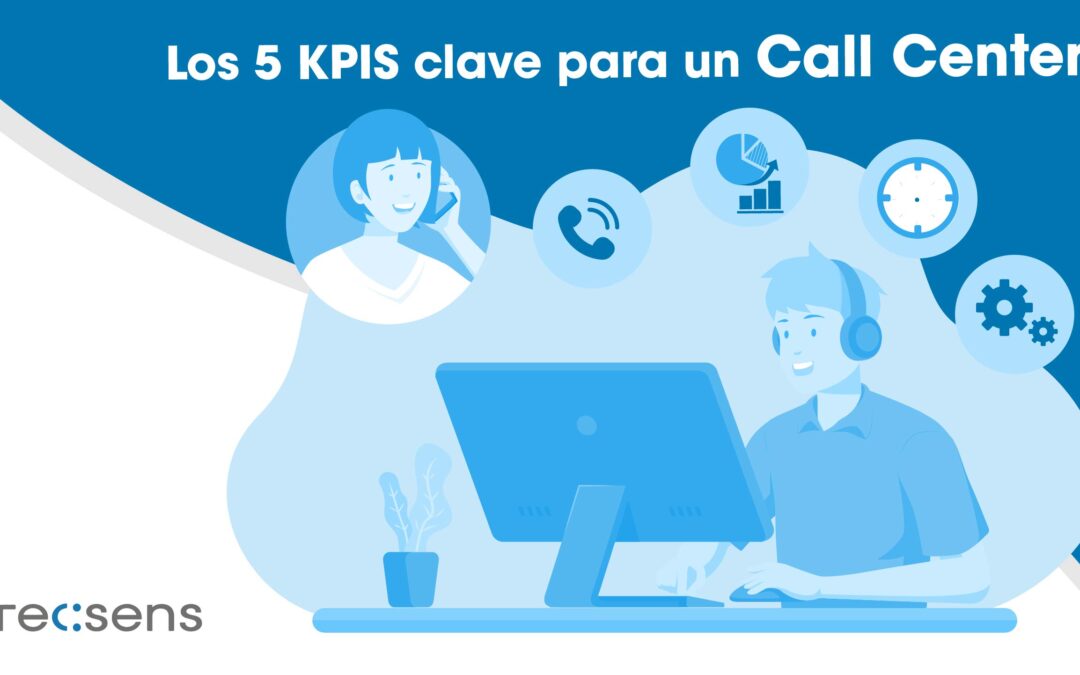The performance of a Contact Center is essential, on them depends the customer service of any organization and the satisfaction of these. It is essential to evaluate your productivity, observing where your trends are headed. Every Contact Center follows a number of key KPIs to make sure those trends are positive. Do you want to know what are the most important KPIs for a Contact Center? Stay and discover the 5 key Kpis for a Contact Center.
What are Contact Center kpis?
The most important thing for a Contact Center, as we have mentioned before, is customer satisfaction, something that directly influences KPIS.
KPIS are measurable indicators of the parameters of a Contact Center that give a direct view of the business environment and, therefore, its degree of success.
The 5 most important kpis for a Contact Center
1.Customer satisfaction, or the degree to which customer needs are met. Through this indicator, we can check the performance of the agent. You can help us make improvement decisions. We can measure it through surveys or questionnaires carried out by the clients themselves.
2.Dropout rate. It refers to the number of calls in which a customer is not answered or leaves. We must take into account what has been the reason for abandonment, to take action in this regard and increase our effectiveness. This rate should not exceed 8% of the total number of calls made.
3.Waiting time. It is related to the previous one. This is the total time it takes until customers get an answer. There is no ideal waiting time, as it depends on many factors. Even so, this wait should be reduced to the minimum possible.
4.Resolution on the first call. It is one of the indicators that has the greatest positive effect on customers. By seeing your doubts resolved or your needs met in a single consultation, the satisfaction of these potentially increases. In addition to this, it also improves the productivity of the agents and, consequently, that of the company. It helps in general, to also overcome the success rate.
5.Contact quality. It directly affects the performance of agents or Contact Center. It is usually evaluated through the monitoring and analysis of agent interactions with customers. It also influences the impact generated in each client.




